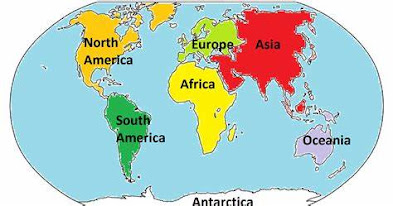Topic 10: Earthquakes

EARTHQUAKES Definition and Causes Earthquakes are the shaking of the Earth’s surface caused by the sudden release of energy from the Earth’s crust. This release of energy typically occurs along faults, which are fractures or zones of weakness in the Earth’s crust. The movement of tectonic plates—large pieces of the Earth’s crust—due to geological processes, such as subduction or rifting, is the primary cause of earthquakes. Measurement and Impact Earthquakes are measured using seismographs, which record the intensity and duration of ground shaking. The magnitude of an earthquake is often reported on the Richter scale or the Moment Magnitude Scale (Mw), which quantifies the energy released. Earthquakes can cause significant damage to infrastructure, leading to building collapses, landslides, and tsunamis, which can have devastating effects on communities and environments. Preparedness and Mitigation Understanding earthquake risks is crucial for effective preparedness and mitigation. Bui...








